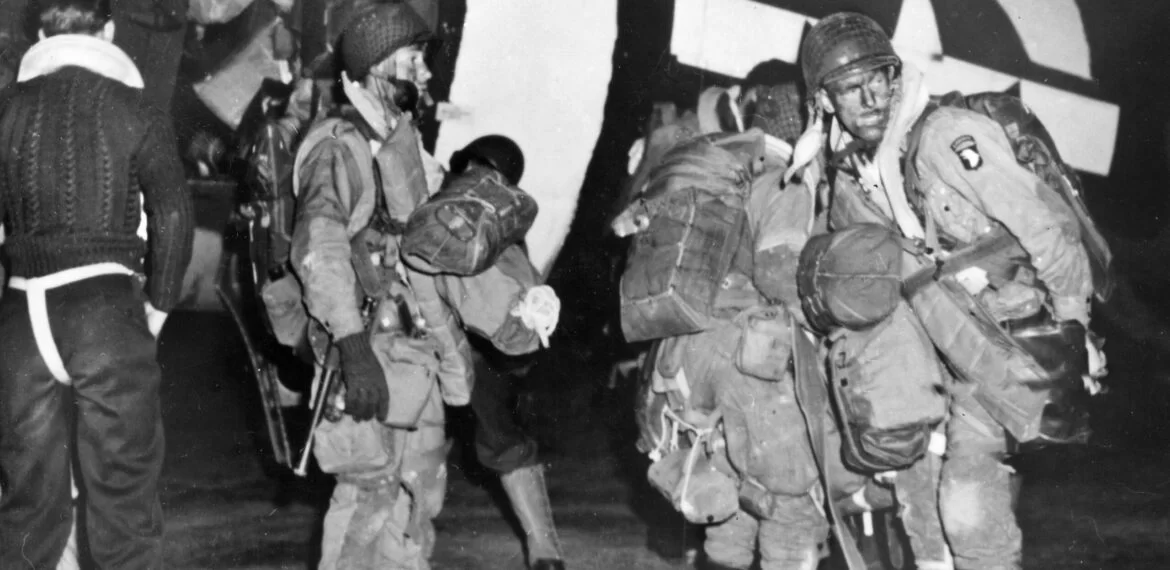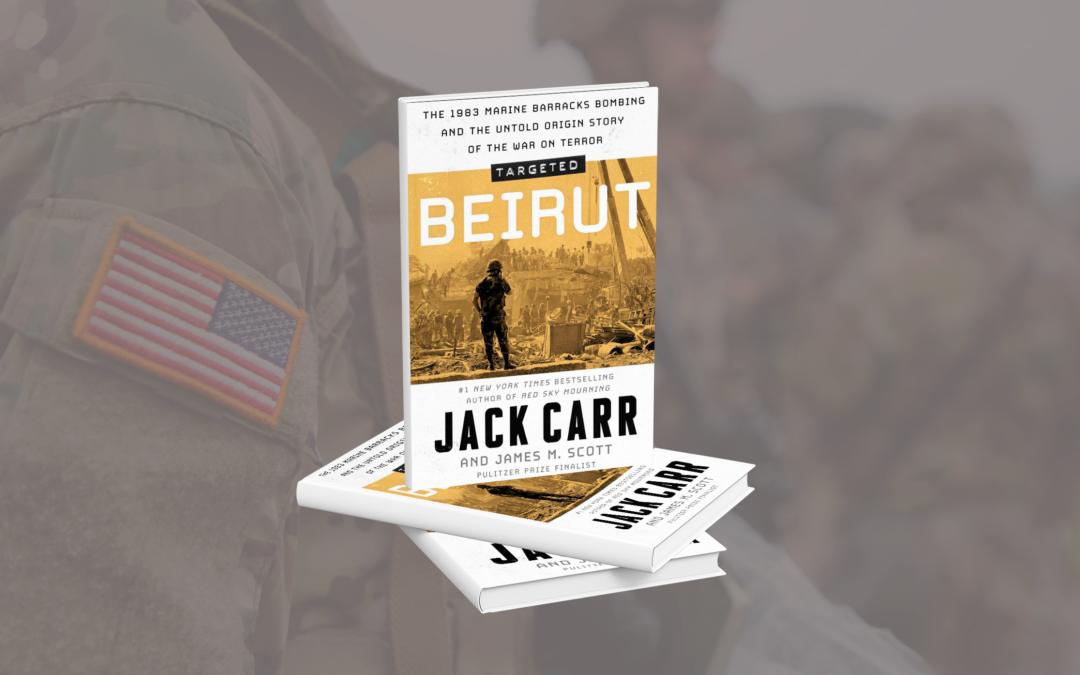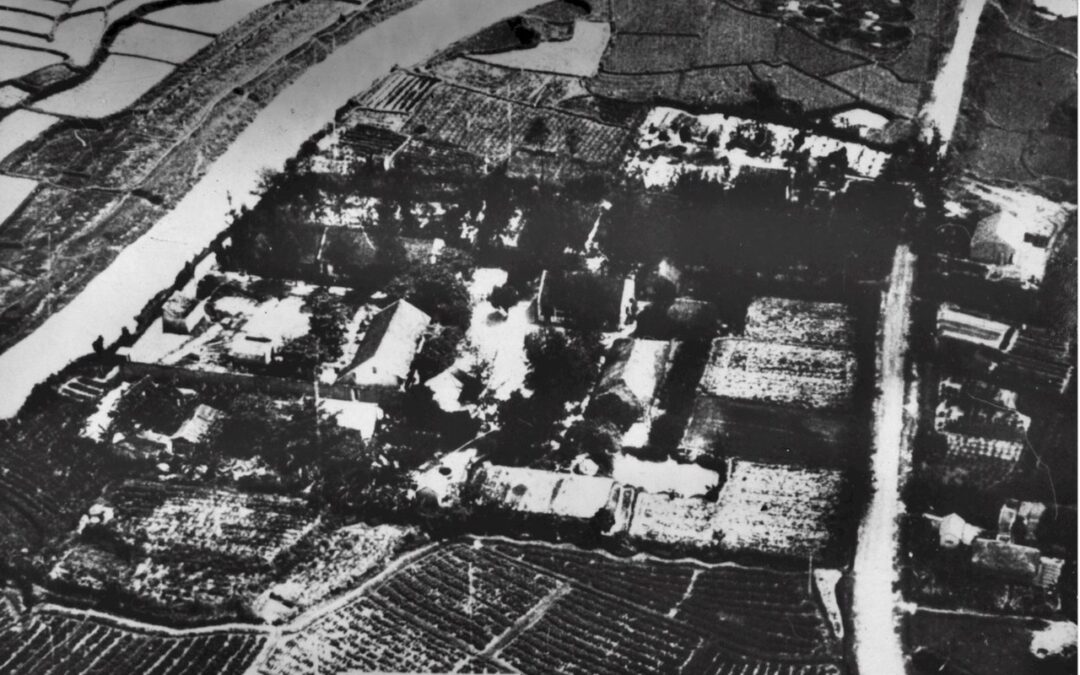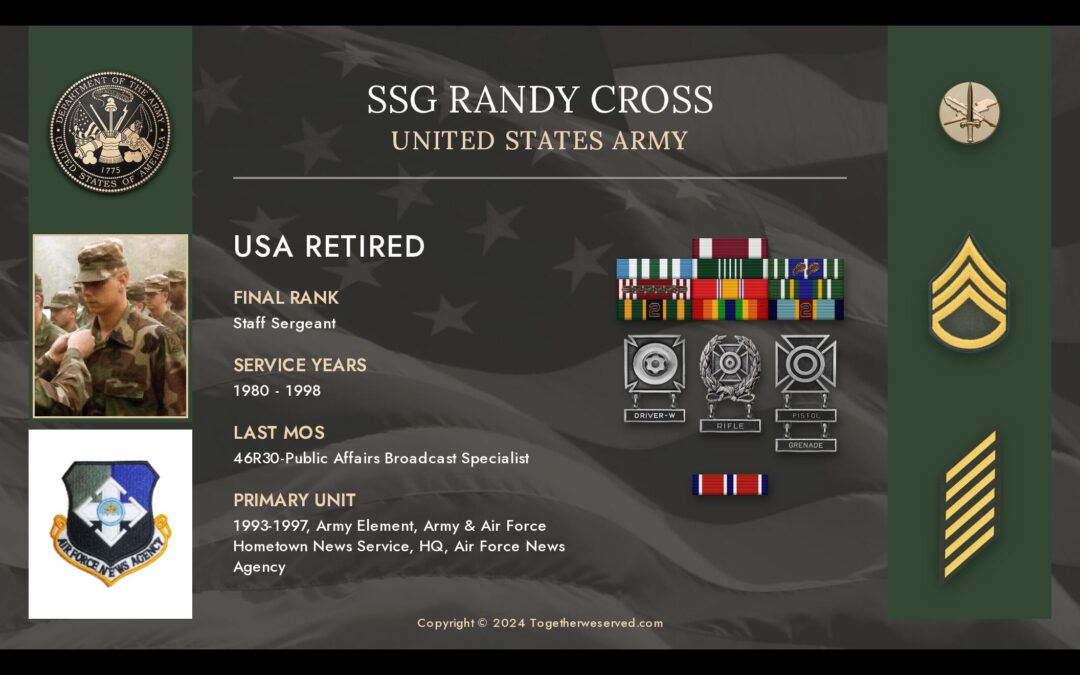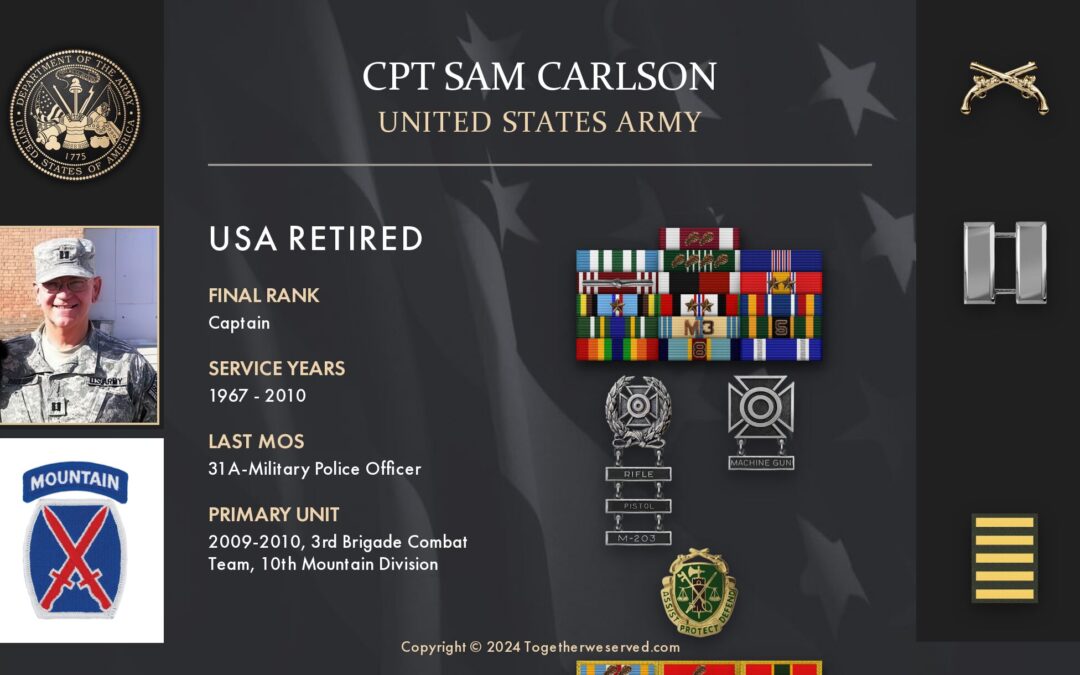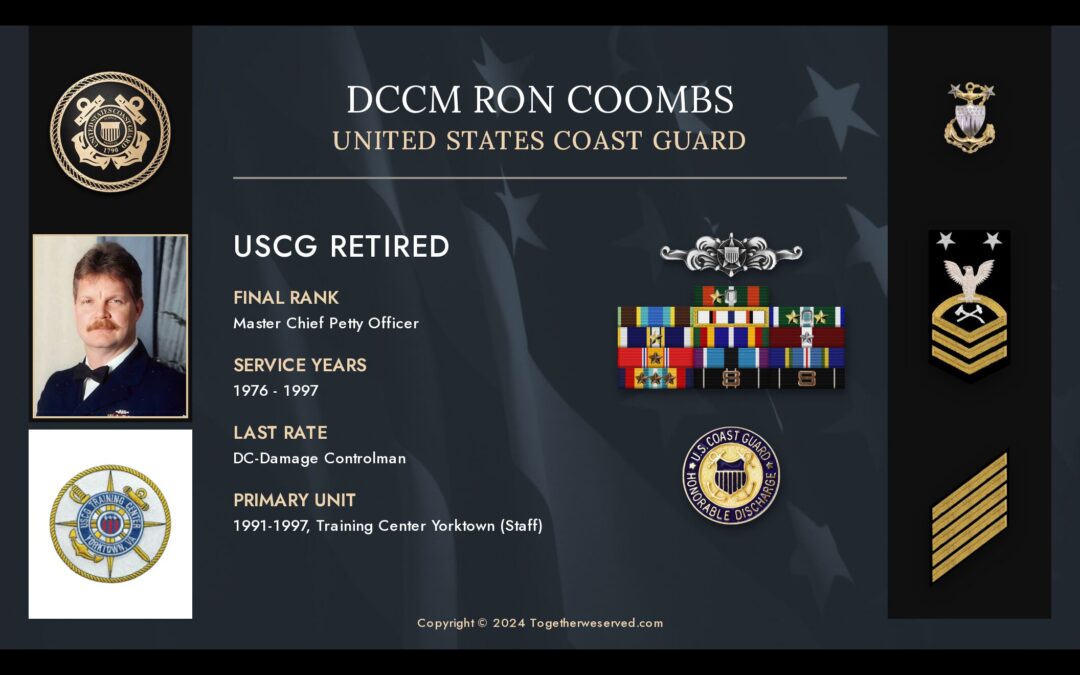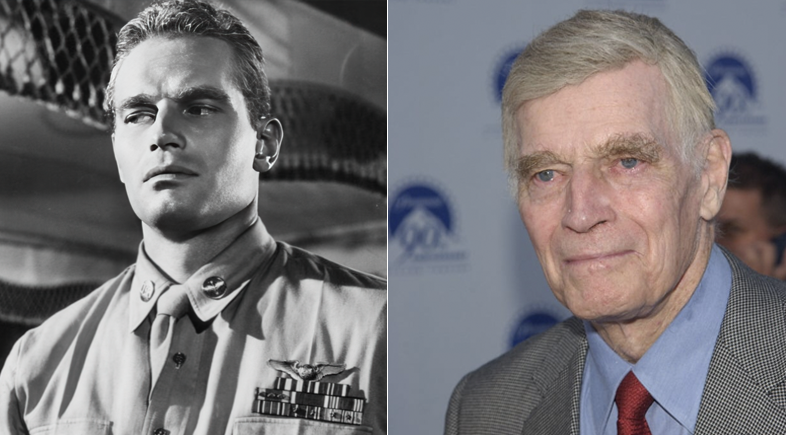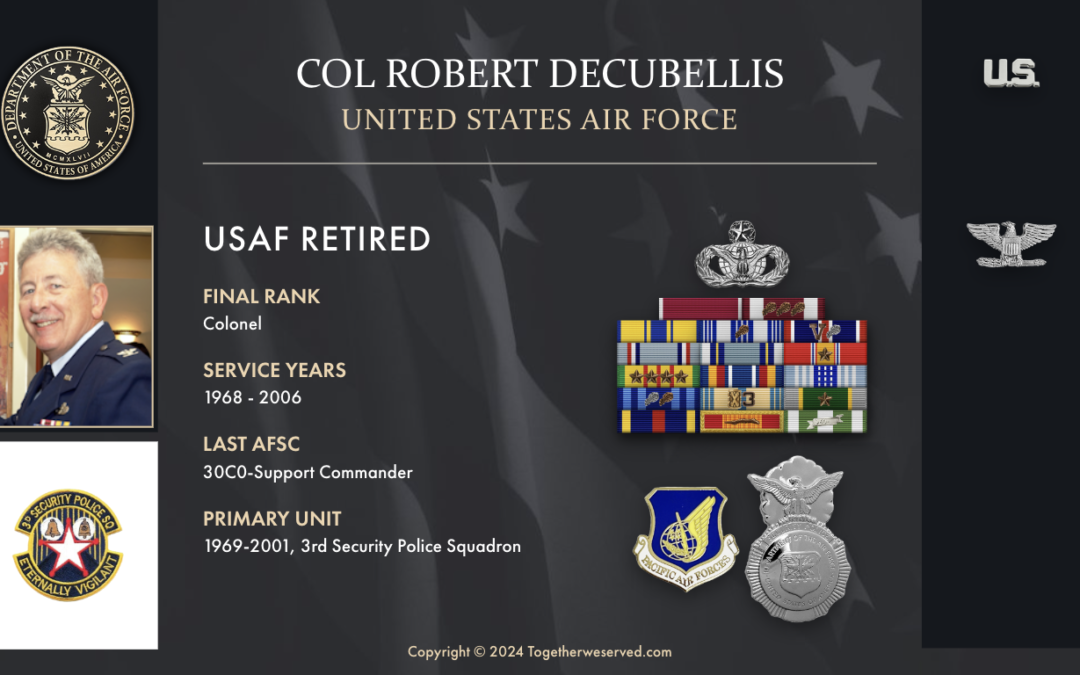Before gaining fame as the iconic voice behind Darth Vader in 'Star Wars,' James Earl Jones had a significant chapter in his life. During his youth, Jones responded to his country's call and served in the United States Army during the Korean War. His military experience profoundly influenced his character and laid the foundation for his exceptional journey in the entertainment industry. James Earl Jones’s Early Years James Earl Jones was born on January 17, 1931, in Arkabutla, Mississippi. His father, Robert Earl Jones, a boxer and actor, was largely absent from his life growing up. At an early age, Jones was raised by his maternal grandparents on their farm in Michigan. He is of Irish, Cherokee and African descent. Jones developed a severe stutter in childhood, which left him terribly self-conscious and shy around other children. He refused to speak in school until a teacher helped him out of his silence during his high school years. "I had a great English teacher who believed in...

